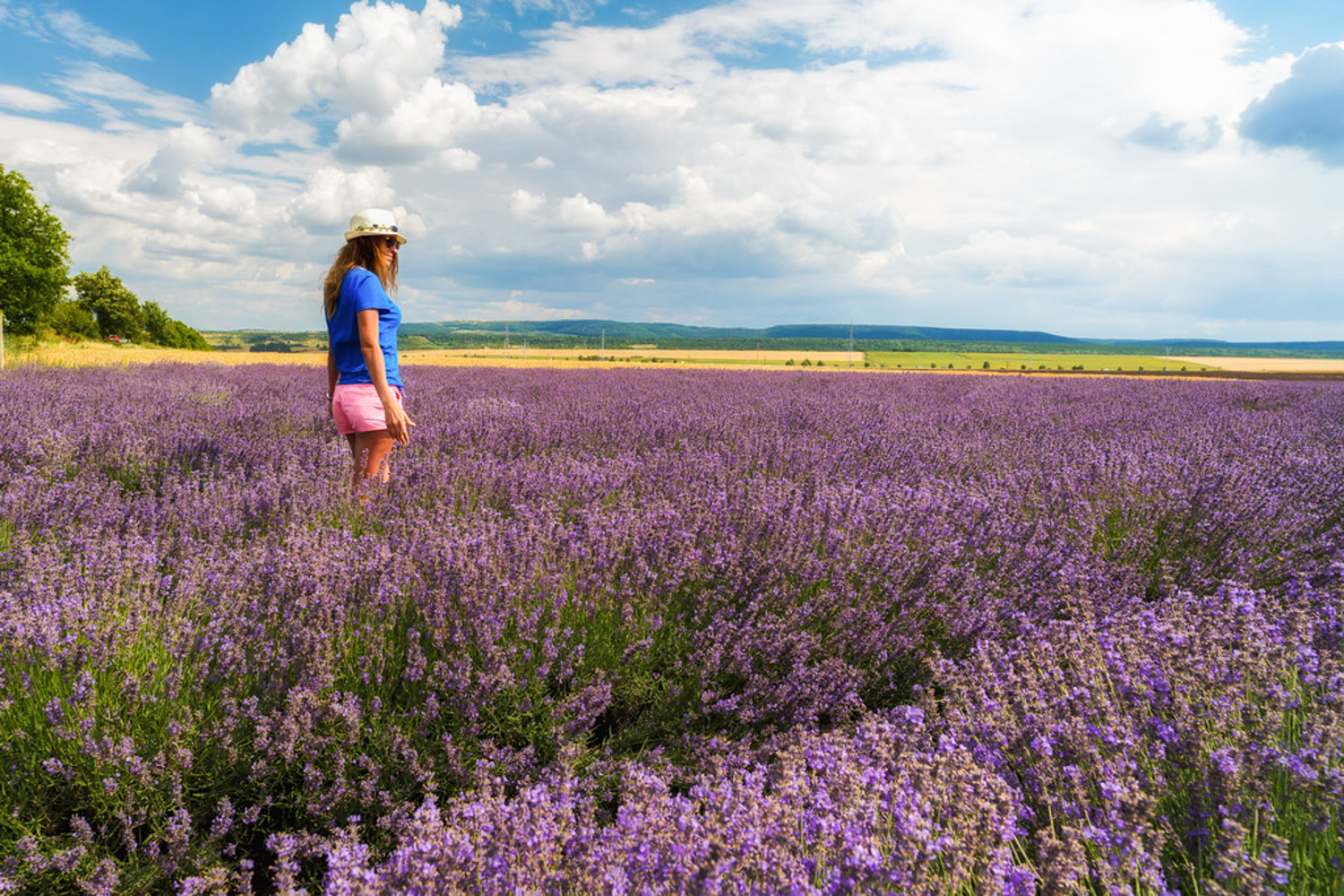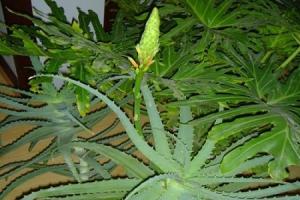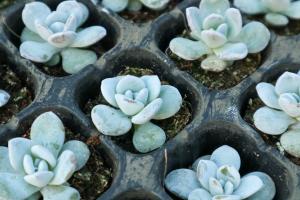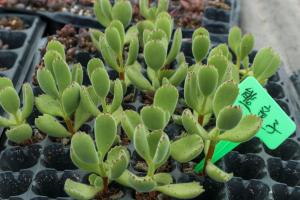1、 Cutting time
The cutting time of lavender is generally in spring and autumn, and its cutting adaptability is very strong. Therefore, as long as the temperature is appropriate, the requirement for time is not large. If the temperature is too high and the climate is relatively humid, the cuttings are prone to disease and the bottom may rot. If the temperature is too low, the rooting speed is very slow, which is not conducive to its development

2、 Cuttings treatment
In order to ensure the good growth of cuttings, it is generally necessary to find a lavender without diseases and insect pests, and use its tender branches as cuttings instead of lignified ones. The length of cuttings is between 5-10cm. After cutting, remove the leaves at the bottom and soak them with rooting blisters, which can promote the growth and development of new roots

3、 Soil cutting
Choose a flowerpot of appropriate size, usually pottery, with good air permeability. Prepare basin soil with river sand and coconut bran and mix it in the proportion of 2:1. Poke a hole in the basin soil with chopsticks and insert the cuttings into it. The depth is one third of the length of the branches. Put it in a cool and ventilated place after insertion, and keep the soil moist for the first three days

4、 Subsequent maintenance
After cutting, pay attention to watering to ensure that the leaves on the branches do not shrink and dry, but do not water too much, so as not to affect the growth of new roots. Since the root is still tender, there is no need to fertilize it. When its root has grown and began to grow new leaves, fertilize it

5、 How long does it take to take root
Lavender cuttings can generally take root in two weeks. During this period, it is necessary to ensure the humidity of the environment, but do not over damp, otherwise it is easy to rot the roots

 how many times do yo...
how many times do yo... how many planted tre...
how many planted tre... how many pine trees ...
how many pine trees ... how many pecan trees...
how many pecan trees... how many plants comp...
how many plants comp... how many plants can ...
how many plants can ... how many plants and ...
how many plants and ... how many pepper plan...
how many pepper plan...































